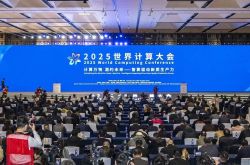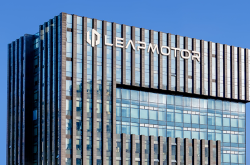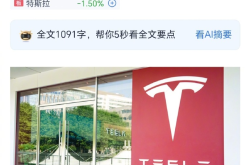Navigating the Chinese Auto Market: Toyota, Honda, and Other Joint Ventures Ditch Old Strategies
![]() 11/21 2025
11/21 2025
![]() 451
451
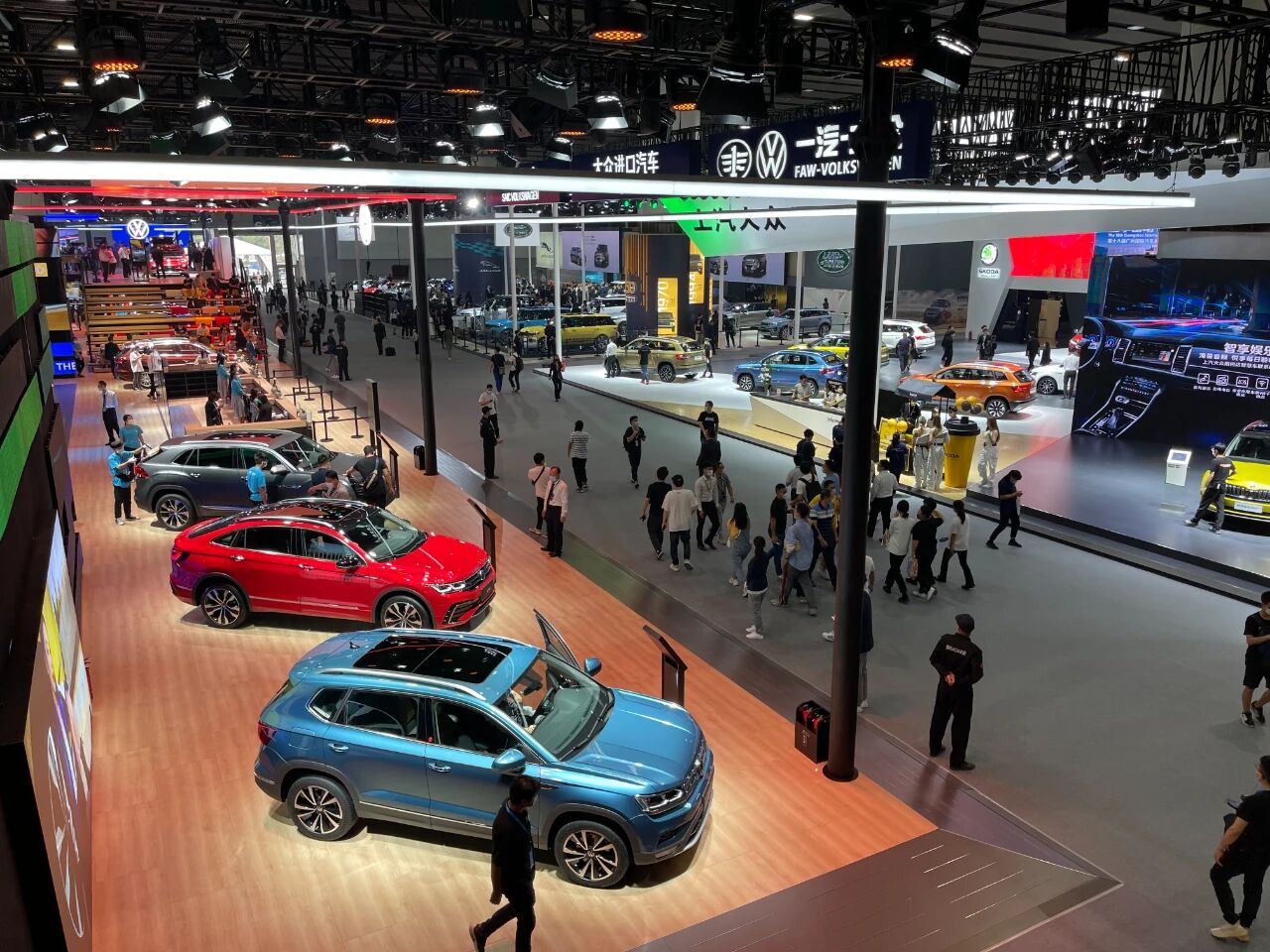
Source: Yuan Auto
The Guangzhou Auto Show has made a full-fledged return.
As the year's concluding A-class auto exhibition, Guangzhou not only serves as a fierce battleground for automakers and dealers to meet their annual sales targets but also offers a prime vantage point to observe market trends.
This year's Guangzhou Auto Show witnessed a decrease in the number of new model launches, attributed to the gradual phase-out of purchase tax incentives for new energy vehicles. Many automakers have already rolled out their major new models earlier in the year to secure orders. Mainstream Chinese brands such as Xiaomi, Huawei HiCar, NIO, XPeng, Li Auto, Zeekr, Voyah, and IM Motors reportedly have no intentions of unveiling entirely new models at the show.
In stark contrast, joint venture brands have made more substantial moves.

According to incomplete statistics, joint venture brands like FAW Toyota, GAC Toyota, Dongfeng Nissan, SAIC Audi, and FAW Audi have all showcased their major new models at the Guangzhou Auto Show, with some officially launching them.
On the surface, this aligns with the industry's year-long buzz surrounding a 'joint venture counteroffensive.' However, a closer examination reveals that foreign brands with two or more joint venture partners, such as Toyota, Honda, Volkswagen, and Audi, are undergoing an unprecedented transformation.
01
The 'Dual Model Approach' is No Longer Viable
For an extended period, foreign brands with two domestic joint ventures have adhered to the 'dual model approach' at the product level, creating two differently branded versions of the same base model. Examples abound, including the FAW Toyota Corolla and GAC Toyota Levin, Dongfeng Honda CR-V and GAC Honda Breeze, SAIC Volkswagen Passat and FAW-Volkswagen Magotan, among many others.
The primary advantage of this approach lies in maximizing scale benefits, granting automakers greater pricing and sales flexibility while reducing the trial-and-error costs associated with new models. Even if one model underperforms, adjustments can be made to its 'sister model' to compensate.
This model flourished when joint venture brands faced minimal competition. However, it has become a liability in today's market, where Chinese brands are thriving, and demand for joint venture models is declining sharply.
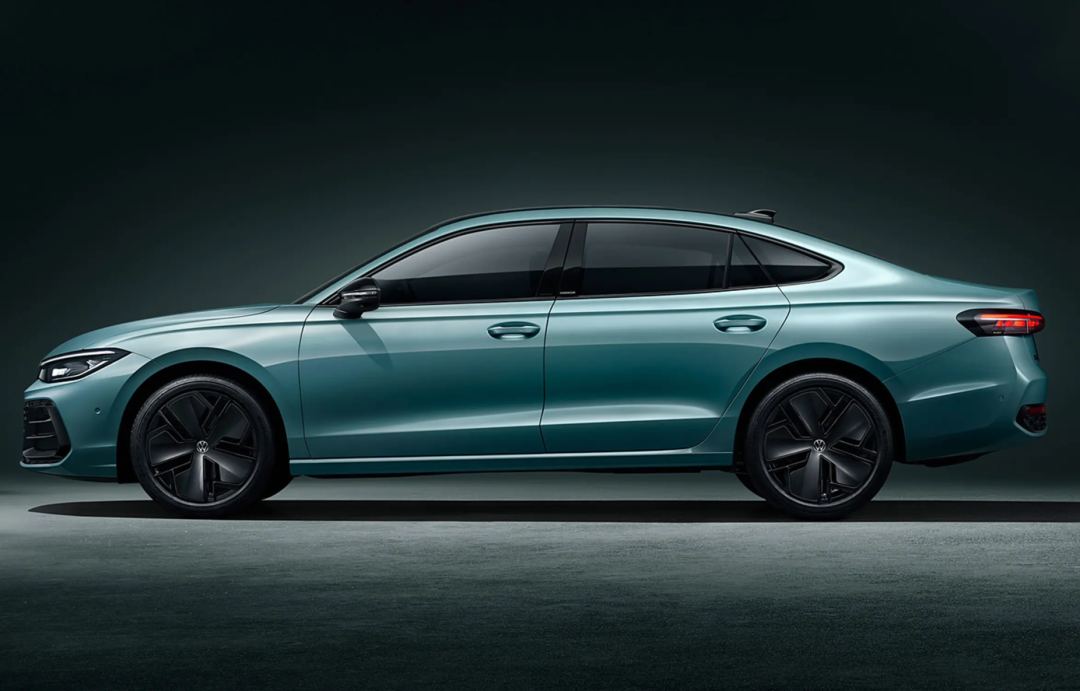
According to third-party retail data, among the top 20 best-selling joint venture models in the past year (November 2024-October 2025), only two pairs of 'sister models' made the list: the Volkswagen Passat and Magotan, and the Toyota Corolla Cross and Frontlander. Former bestsellers like the Toyota Corolla and Levin, Honda Civic and Integra, have lost their luster.
The reason is straightforward: a lack of product competitiveness, with market share being captured by Chinese brands. The 'dual model approach' has hastened this decline—if a consumer rejects the Toyota Corolla, they are unlikely to consider the Levin.
Consequently, these foreign brands are beginning to 'decouple' products among their joint ventures.
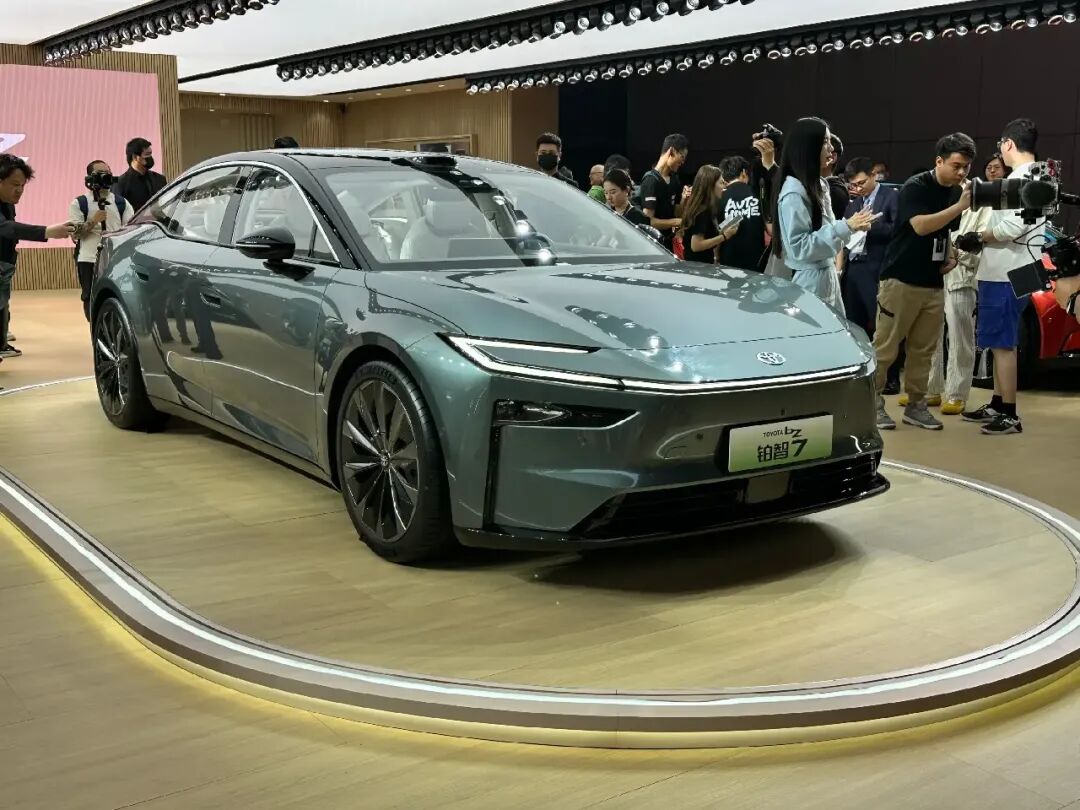
Take Toyota as an illustration. At this year's Guangzhou Auto Show, GAC Toyota introduced the bZ4X, a model based on GAC's new energy vehicle platform. Clearly, this model will not have a FAW Toyota counterpart.
In fact, GAC Toyota's most eye-catching new model this year, the bZ3X, is also derived from a GAC platform and has become Toyota's first pure electric model in China to exceed 10,000 monthly sales. If the bZ4X succeeds, GAC Toyota—and even Toyota as a whole—will gain greater confidence in this 'reimagined' vehicle development approach.
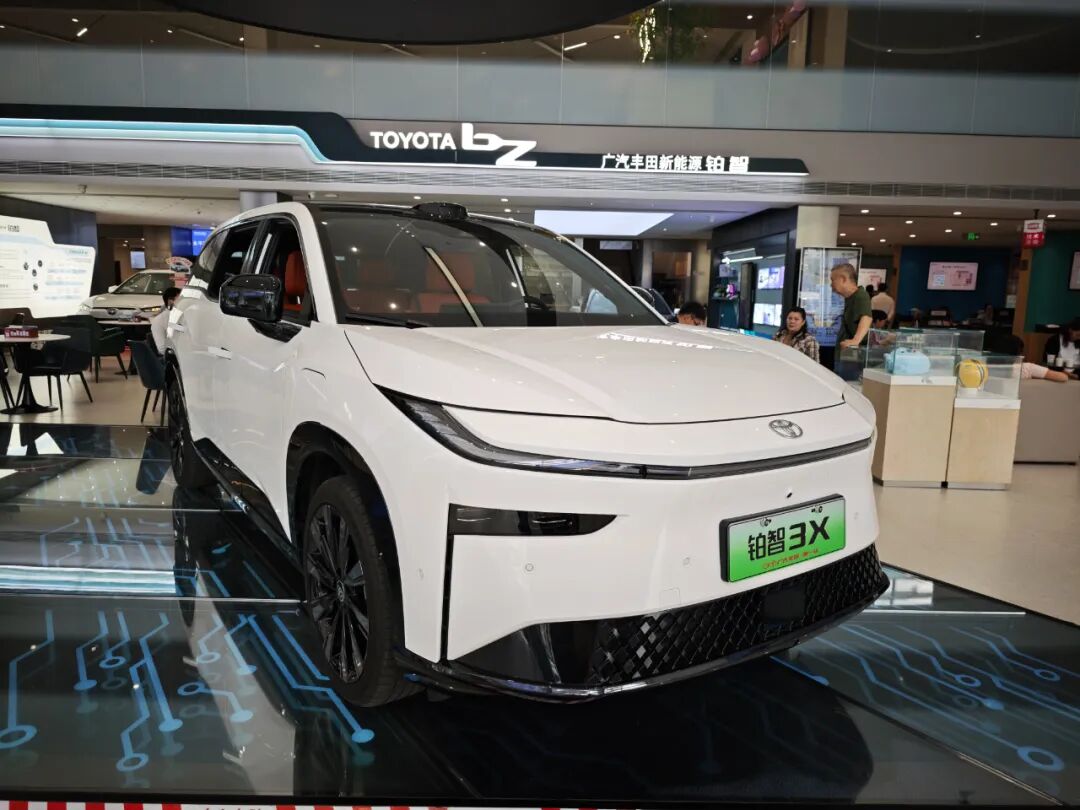
In contrast, FAW Toyota's major new models at the show include the sixth-generation RAV4, the updated Corolla, and the bZ3 Smart Home. The sixth-generation RAV4 is a genuine Toyota global model, while the updated Corolla, though exclusive to China, is still based on Toyota's TNGA architecture. The bZ3 is a product of the e-TNGA platform.
In the short term, GAC Toyota will continue to launch 'sister models' to FAW Toyota's offerings, such as the all-new Wildlander, which corresponds to the sixth-generation RAV4 and debuted at the Guangzhou Auto Show. However, given recent industry developments, GAC Toyota may gradually phase out such product strategies in the future.
According to media reports, GAC Toyota is rumored to discontinue two key fuel-powered vehicle (internal combustion engine vehicles) models. In response, GAC Toyota insiders stated that the company has no plans to halt production of its main fuel-powered vehicle models by 2026.
02
The True Joint Venture Counteroffensive
Beyond Toyota, Volkswagen and Audi are also showing signs of similar product strategy adjustments.
At this year's Guangzhou Auto Show, the Volkswagen brand's most anticipated new model is likely the ID. UNYX, developed in collaboration with XPeng Motors. As a model based on XPeng's vehicle platform, the ID. UNYX is crucial for revitalizing the Volkswagen Anhui brand and will not have versions from SAIC Volkswagen or FAW-Volkswagen.

Notably, SAIC Volkswagen also has a new model positioned slightly higher than the ID. UNYX—the ID. ERA, currently a concept car. As a full-size extended-range SUV, the ID. ERA is based on Volkswagen's MEB+ platform.
As for Audi, SAIC Audi's 'AUDI' letter-series serves as its testing ground. Following the launch of the E5 Sportback, which shares some technologies and components with SAIC's Zhiji brand, reports suggest that SAIC Audi's next 'AUDI' letter-series model, a mid-size pure electric SUV, is on the horizon.
It is anticipated that SAIC Audi's future new energy vehicle lineup will be dominated by the 'AUDI' series, while FAW Audi will primarily introduce new energy models in line with Audi's global market rhythm. At the Guangzhou Auto Show, FAW Audi showcased localized versions of global models such as the A6L e-tron and Q6L e-tron.

Additionally, Honda, another Japanese automaker, did not showcase any 'decoupled' new models at this year's Guangzhou Auto Show. However, reports indicate that Dongfeng Honda will no longer adopt Honda R&D China's subsequent pure electric product development and planning, instead opting for Dongfeng's internal best-selling EV solutions.
As for GAC Honda, it recently received capital injections from Honda, Honda China, and GAC Group, increasing its registered capital from $541 million to approximately $867 million.
Against this backdrop, it would not be surprising if Dongfeng Honda and GAC Honda pursue vastly different technical routes for their new models in the future.
In the past, joint venture automakers would face significant backlash for even launching China-exclusive models, let alone developing new models based on Chinese technology. However, times have changed. With Chinese new energy vehicle technology leading the global automotive market, joint venture automakers using Chinese brand technologies or even complete vehicle platforms to develop new models has become a market-proven strategy for breaking through.
Some images sourced from the internet. Please notify us for removal if there is any infringement.



